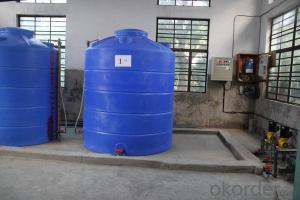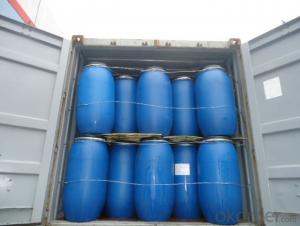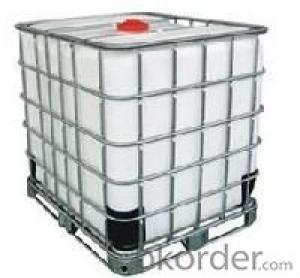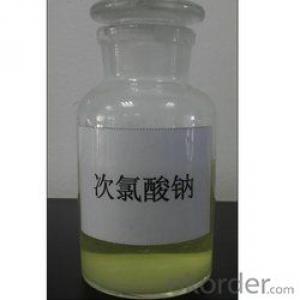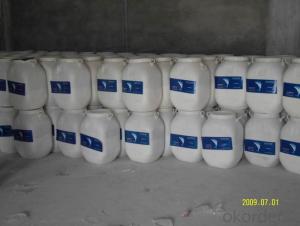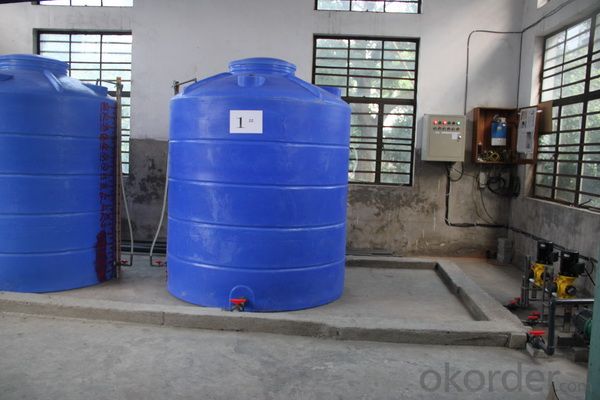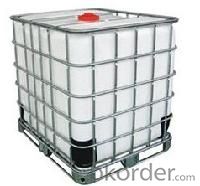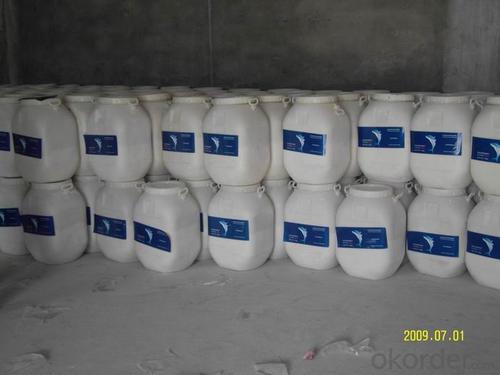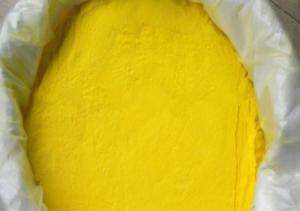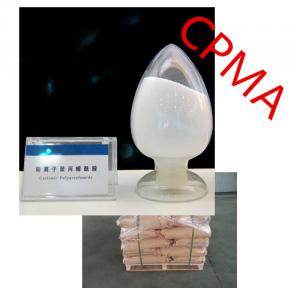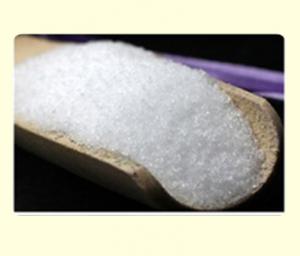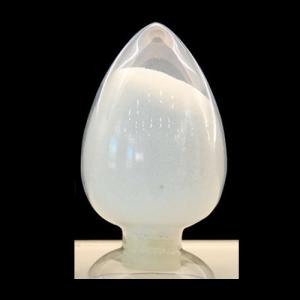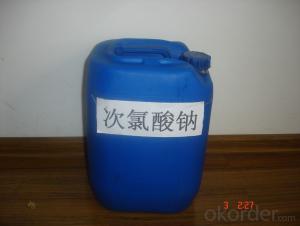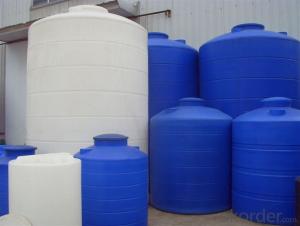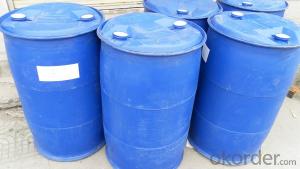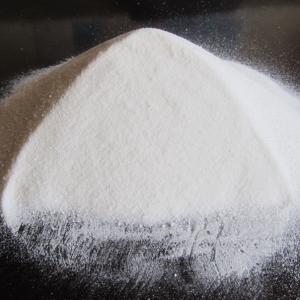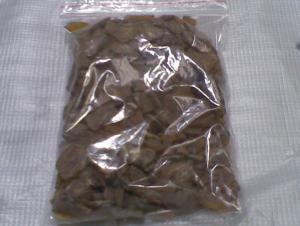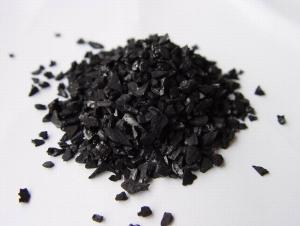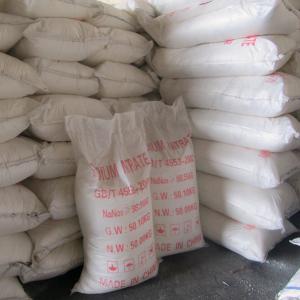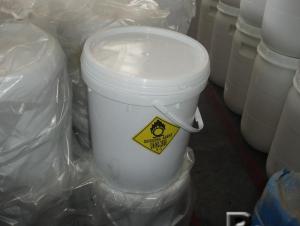Industrial Inorganic Salt Solid Sodium Hypochlorite Plant Quality
- Loading Port:
- Tianjin
- Payment Terms:
- TT OR LC
- Min Order Qty:
- 25 m.t.
- Supply Capability:
- 6000 m.t./month
OKorder Service Pledge
OKorder Financial Service
You Might Also Like
Sodium Hypochlorite
CAS NO: 7681-52-9
Chemical Formula: NaClO
Molecular Weight: 74.44
Appearance: Yellow transparent Liquid
Standard: HG/T2498-1993
Specification:
Available Chlorine: 8%-16%
NaOH: 1% Max
Transportation Info:
Class: 8 UN NO: 1791 PG:III
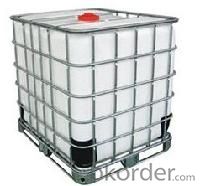
Application:
Disinfection for swimming pool, drinking water, cooling tower and sewage and waste water, food, and farming, hospital, school, station and household etc
Good bleaching and oxidation in paper and dye industry.
Normal Packing: 30kg drum, 1200kg IBC Tank
80% powder,90% granular 50kg Drum
25%,31% liquid 1250kg IBC drum or 250kg PVC drum
Capability:30,000MT/year
Molecular Formula: NaClO2
Molecular Weight: 90.45
CAS NO: 7758-19-2
Character: white,or pale yellow powder
COMPONENT | SOLID | LIQUID | ||
SODIUM CHLORITE | ≥80 | ≥90 | ≥25 | ≥31 |
NAClO3 | ≤4 | ≤2 | ≤1.5 | |
NAOH | ≤3 | ≤1.5 | ≤1.5 | |
NA2CO3 | ≤2 | ≤1 | ≤1 | |
NACl | ≤17 | ≤9 | ≤3 | |
NA2SO4 | ≤3 | ≤1.5 | ≤1 | |
SODIUM NITRATE | ≤0.1 | ≤0.1 | ≤0.1 | |
Production Property: This product has high content and stability, can easily dissolve in water, and has difficult hardpan. It is an oxidizing agent with high efficiency and an excellent bleaching reagent. The pure sodium chlorite is equal to 10 times of bleaching powder. The more important characteristic is that it has the moderate ORP (Oxidation Reduction Potential)
Application: Sodium chlorite is a kind of latest, efficient bleacher and bactericide. Previously, it is applied to bleach flax, cotton, fibres, textiles etc. Sodium Chlorite has been expanding its using fields with the running raise of people's concept, especially the further application of the fourth generation disinfectant (ClO2) on medicine and health, food-processing, aquaculture, drinking water disinfection, industry water treatment, dry flower procedure and so on.
- Q: What is the catalyst for high chemistry?
- Concentrated sulfuric acid, NI, barium bromide, copper or silver
- Q: Co and No form a chemical equation for Co2 and No2 under the action of a catalyst
- 2CO + 2NO == N2 + 2CO2
- Q: The role and significance of chemical catalysts
- The catalyst changes the reaction rate of other substances, the single said to increase the reaction rate, but before and after the reaction of chemical properties and quality unchanged, can be used repeatedly
- Q: Could you please explain it, i know they increase reaction rates but how?
- A catalyst provides an alternative route for the reaction, (maybe more steps than previously), but each step having a lower activation energy than the original uncatalysed reaction. This means that although there will be the same number of collisions per second (if the reaction is performed at the same temperature as before), a greater fraction of those collisions will result in a reaction - so there will be more reactions per second. In the case of a heterogeneous catalyst - e.g. a solid surface the change is that the first step is a bond to the surface which waekens some of the bonds in the reactants - again making a greater fraction of reactions result in reaction.
- Q: What is the difference between electrocatalysis and general chemical catalysis?
- General chemical catalysis is a catalyst, and electrocatalysis also need to be carried out under the conditions of the electric field
- Q: What is chemical adsorption and its relationship with heterogeneous catalysis
- The catalytic cycle includes five steps: diffusion, chemical adsorption, surface reaction, desorption and reverse diffusion.The chemical adsorption is an important part of the heterogeneous catalysis process, and the adsorption of the reactants on the catalyst surface,
- Q: How the catalyst accelerates the chemical reaction
- Reduced the activation energy required to reflect
- Q: Describe the role of a catalyst and a substrate in a chemical reaction.
- Describe Catalysts
- Q: Please name 2 common examples of catalysts.Thank you?
- For the best answers, search on this site https://shorturl.im/axpfK Weird how such rare names can be so famous... Gary Hugh Dennis Rupert Ian Fred Lawrence Tony Noel Ray Neil Wayne Jeremy Bruce Russell Lisa Kirsty Harmony Erica Hazel Josephine Stella Pearl Evangeline Miriam Diana Fiona Penelope Margaret Delilah
- Q: Why does the CuO catalyze the reaction rate faster and faster when catalyzing the decomposition of hydrogen peroxide or tell me how to make the catalyst catalyst faster
- CuO exothermates when catalyzing the decomposition of hydrogen peroxide, so the reaction becomes faster.
Send your message to us
Industrial Inorganic Salt Solid Sodium Hypochlorite Plant Quality
- Loading Port:
- Tianjin
- Payment Terms:
- TT OR LC
- Min Order Qty:
- 25 m.t.
- Supply Capability:
- 6000 m.t./month
OKorder Service Pledge
OKorder Financial Service
Similar products
Hot products
Hot Searches
Related keywords
